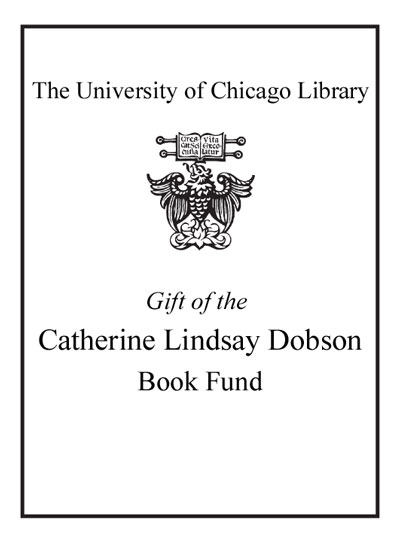Late modern English syntax /
Saved in:
| Imprint: | Cambridge ; New York : Cambridge University Press, 2014. |
|---|---|
| Description: | xxi, 385 pages ; 24 cm. |
| Language: | English |
| Series: | Studies in English language Studies in English language. |
| Subject: | |
| Format: | Print Book |
| URL for this record: | http://pi.lib.uchicago.edu/1001/cat/bib/10088975 |
Table of Contents:
- 1. Introduction: Late Modern English syntax in its linguistic and socio-historical context Marianne Hundt
- Part I. Changes in the VP: 2. The decline of the BE-perfect, linguistic relativity, and grammar writing in the nineteenth century Lieselotte Anderwald
- 3. Let's not, Let's don't and Don't let's in British and American English Anita Auer
- 4. Do we got a difference? Divergent developments of semi-auxiliary (have) got (to) in British and American English Christian Mair
- 5. From contraction to construction? The recent life of 'll Nadja Nesselhauf
- 6. Books that sell
- mediopassives and the modification 'constraint' Marianne Hundt
- Part II. Changes in the NP: 7. Beyond mere syntactic change: a micro-analytical study of various and numerous Tine Breban
- 8. Culturally conditioned language change? A multivariate analysis of genitive constructions in ARCHER Benedikt Szmrecsanyi, Anette Rosenbach, Joan Bresnan and Christoph Wolk
- Part III. Changes in Complementation Patterns: 9. On the changing status of that-clauses nter Rohdenburg
- 10. Variability in verb complementation in Late Modern English: finite vs. non-finite patterns Hubert Cuyckens, Frauke D'Hoedt and Benedikt Szmrecsanyi
- Part IV. Category Change: 11. Opposite developments in composite predicate constructions: the case of take advantage of and make use of Eva Berlage
- 12. Constrained confusion: the gerund/participle distinction in Late Modern English Hendrik De Smet
- 13. 'You are a bit of a sneak': exploring a degree modifier in the Old Bailey Corpus Claudia Claridge and Merja Kyt
- Part V. The Syntax-Pragmatics Interface: 14. If you choose/like/prefer/want/wish: the origin of metalinguistic and politeness functions Laurel J. Brinton
- 15. Epistemic parentheticals with seem: Late Modern English in focus Maria José Lopez-Couso and Belen Méndez-Naya
- Part VI. Text-Type Related Change: 16. Syntactic stability and change in nineteenth-century newspaper language Erik Smitterberg
- Part VII. Language Contact and Syntactic Change: 17. '(W)ell are you not got over thinking about going to ireland yet': the BE-perfect in eighteenth- and nineteenth-century Irish English Kevin McCafferty.

